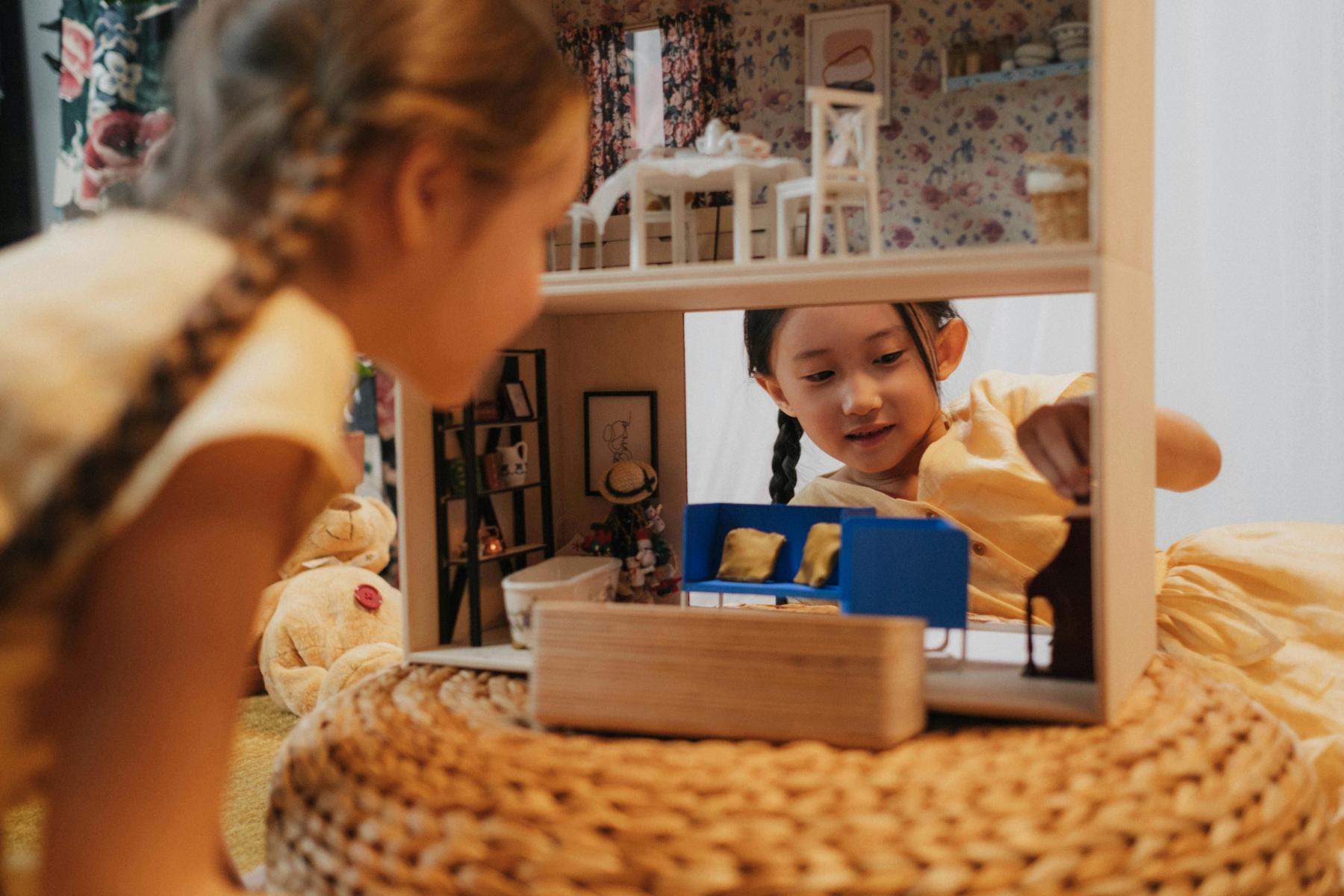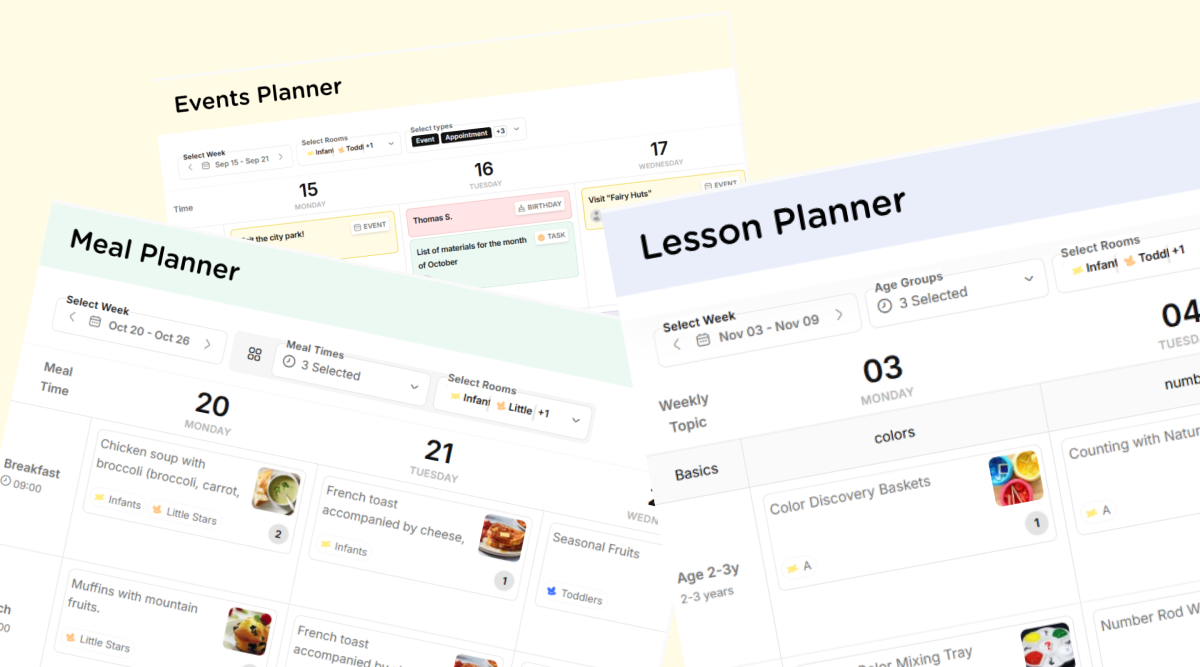Play is a fundamental aspect of childhood, serving as a powerful vehicle for learning, socialization, and creativity. Over the years, theorists have proposed various models to understand the evolution of play in children. Among these, the six stages of play offer a comprehensive framework for examining the diverse ways in which children engage with the world around them. In this blog, we explore these stages and their significance in the developmental journey of a child, while also highlighting the role of technology, such as the KidsDay app, in facilitating communication between educators and parents to support children's development.
Stage 1: Unoccupied Play The first stage, unoccupied play, is characterized by random movements and actions without a clear purpose or focus. During this stage, infants explore their environment through spontaneous movements, laying the foundation for later forms of play. While seemingly aimless, unoccupied play is essential for sensory-motor development and cognitive growth.
Stage 2: Solitary (Independent) Play Solitary play involves a child engaging in activities alone, often immersed in their own world of imagination and exploration. In this stage, children develop independence, creativity, and problem-solving skills as they interact with toys and materials at their own pace and according to their interests. While playing independently, children have the freedom to explore and experiment without external influence.
Stage 3: Onlooker Play During onlooker play, children observe and closely watch others engaged in play activities without actively participating themselves. This stage allows children to learn from their peers, acquire new skills, and gain insights into different play techniques and strategies. Onlooker play promotes social awareness and the ability to appreciate others' perspectives and actions.
Stage 4: Parallel Play Parallel play involves children playing alongside each other with similar toys or materials but without direct interaction or cooperation. Despite being in close proximity, each child maintains their focus on their individual activity. Parallel play provides opportunities for socialization, sharing space, and experiencing the presence of peers, laying the groundwork for more complex forms of social play.
Stage 5: Associative Play Associative play marks the beginning of social interaction and cooperation among children. In this stage, children engage in loosely structured activities together, sharing toys, ideas, and conversation. While still maintaining some degree of independence, children collaborate and communicate, fostering friendships and developing essential social skills such as sharing, taking turns, and negotiating.
Stage 6: Cooperative Play The final stage, cooperative play, represents the highest level of social play interaction. During cooperative play, children work together towards common goals, take on different roles, and engage in organized activities. This stage requires advanced communication, collaboration, and problem-solving skills as children coordinate their actions, resolve conflicts, and achieve shared objectives.
Understanding the six stages of play provides valuable insights into the complex and dynamic nature of children's play experiences. Each stage offers unique opportunities for learning, socialization, and personal growth, shaping the development of essential skills and competencies. Moreover, with the advent of technology, platforms such as the kidsday app serve as valuable tools for enhancing communication between educators and parents, enabling them to collaborate effectively in supporting children's holistic development. By embracing the rich diversity of play and leveraging innovative resources, we can create nurturing environments that empower children to thrive and reach their full potential.








